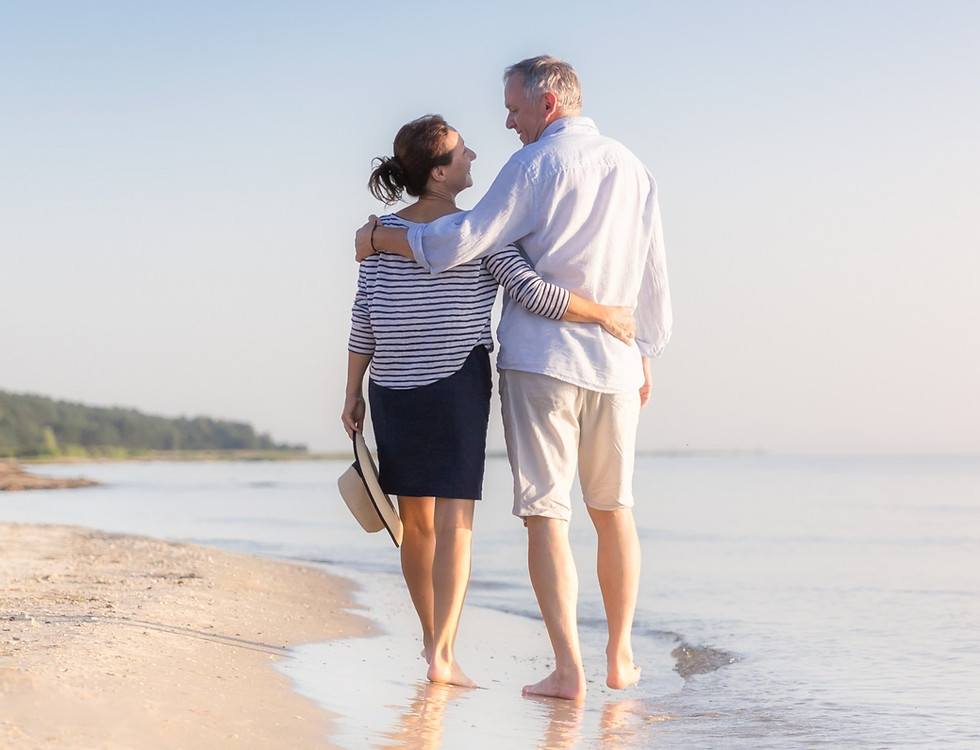Everything You Need to Know About Spider Veins and Their Treatment
- Jeffrey H. Miller, M.D.

- Apr 8
- 4 min read
Updated: Sep 8
Spider veins, also known as telangiectasias, are tiny, red, purple. or blue blood vessels that appear near the surface of the skin.
They can show up anywhere on the body but are most often seen on the legs and face.
Jump to a Certain Section
What are spider veins?
They are small, thin blood vessels, usually red, blue, or purple, that look like spider webs or tree branches.
These veins are less than 1 mm in diameter and sit just beneath the surface of the skin.
Though they can form from either arteries or veins, spider veins on the legs are usually connected to the venous system.
Who gets spider veins?
A variety of factors may lead to the development of spider veins, including:
Genetics — If your parents had them, you're more likely to get them too.
Hormones — Pregnancy, birth control, and hormone therapy can all increase your risk.
Prolonged standing or sitting — Jobs or habits that involve staying in one position for long periods can lead to vein issues.
Topical steroid creams— Especially with long-term use.
Local trauma — Injuries to the skin or underlying tissues.
Aging — Vein walls and valves naturally weaken over time.
How are spider veins treated?
VeinErase® is a trademarked method of treating spider veins only offered by Miller Vein.
One team member is focused on treating the spider veins, while another team member is focused strictly on keeping you comfortable.
The most common method of treatment used during VeinErase® is sclerotherapy. A medication is injected directly into vessels to close spider veins.
Sclerotherapy is considered the gold standard for treatment of larger spider veins on the legs and hands.

VeinGogh™ Facial Treatment for Spider Veins
A commonly used treatment for smaller leg veins and veins on the face and hands is VeinGogh™. It delivers radiofrequency energy through an ultra-fine insulated needle to heat the affected blood vessels.
The sides of the blood vessel stick together then disappear. The ultra-fine needle allows for precise, accurate treatments, even in hard-to-treat areas, such as the nose and cheeks.

“I recently had VeinGogh™ treatment to take care of spider veins on my nose and cheeks. I could not be more pleased with the results and was pleasantly surprised on how quick and easy the procedure is.
— M.S., VeinErase® Patient
Are you dealing with unsightly spider veins?
If so, it's time to see a vein specialist.
What’s happening under the skin?
The exact reason spider veins form isn’t fully understood.
In some cases, they develop when small veins become weak and widen. This can happen even without any serious underlying vein disease.
Some theories suggest that inflammation or a lack of oxygen in tissues may cause the tiny vessels to form or expand.
Can spider veins cause other symptoms?
While some people only notice spider veins because of how they look, others may feel:
Aching or heaviness in the legs
Cramping
Burning or itching
Throbbing
Fatigue in the legs
More than half of people with spider veins report having at least one of these symptoms.
Cosmetic Concerns
The appearance of spider veins can impact self-esteem and confidence. A major survey found that women were more bothered by spider veins on their legs than any other cosmetic issue.
As a result, treatment demand is on the rise, even when spider veins don’t cause physical symptoms.
What are some common misperceptions with spider vein treatment?
Is it painful?
One common misperception of spider vein treatment is that it's very painful. Everybody experiences pain differently, but, for the most part, our patients are very comfortable.
Miller Vein happens to be the only vein clinic that offers cryotherapy during the procedure.
This is a method of cooling the skin to a point where it offers a pseudo-anesthetic response. And, as a result, you'll experience less pain.
Is there downtime after treatment?
After a spider vein treatment, there is no downtime. You can resume normal activity right away.
Can spider veins signal a more serious problem?
Spider veins can sometimes be an early indicator of a deeper problem known as chronic venous insufficiency (CVI), particularly if you're experiencing other symptoms, such as:
Itching
Aching
Swelling
Heaviness
Throbbing
Skin discoloration
Restless leg syndrome (RLS)
A dense collection of spider veins around the ankle is a sign of severe vein disease. This is called corona phlebectatica, and if you see these veins it's definitely time to see a vein specialist.
Want more info? Head to our spider veins treatment page, or book a free spider vein evaluation.
Dive deeper on our dedicated spider veins treatment page, or book your free evaluation today.
Stop Letting Your Legs Hold You Back
If you have restlessness, heaviness, aching, swelling, throbbing, or itchiness in your legs—or you notice varicose veins or spider veins—it's time to see a vein specialist.
Explore More of the Miller Vein Blog
Explore expert insights on vein health, treatment options, and wellness tips. Stay informed, and take the next step toward happier, healthier legs!
Prefer Learning on YouTube?
Enjoy easily digestible video content that expands your understanding of vein conditions and their treatments.

